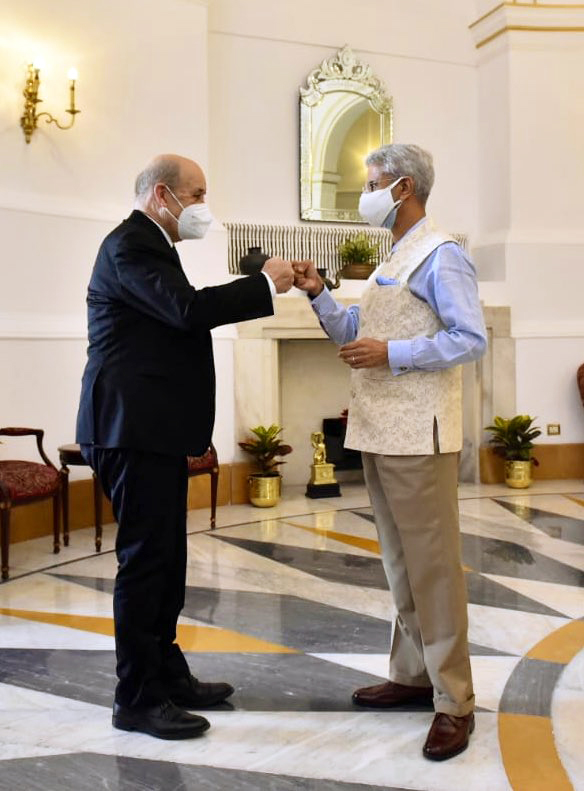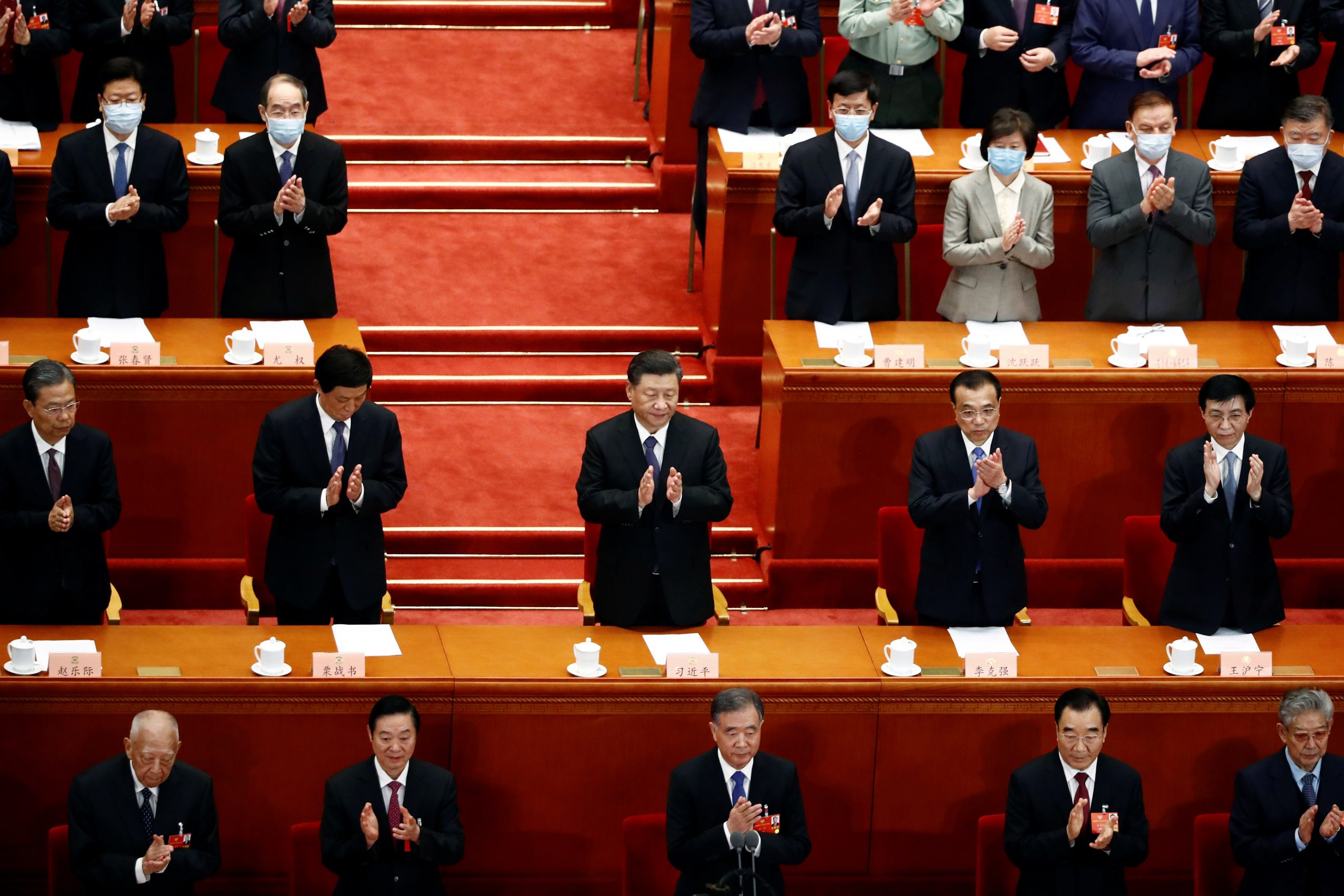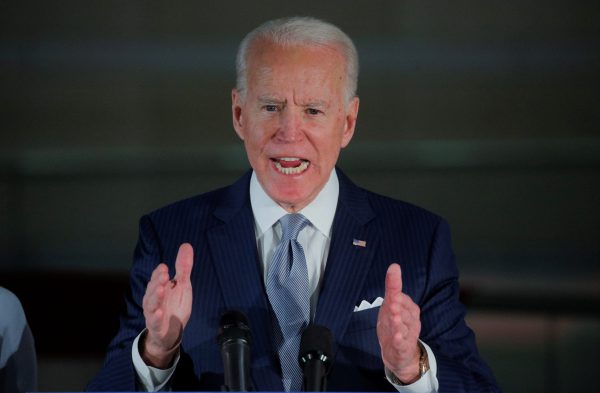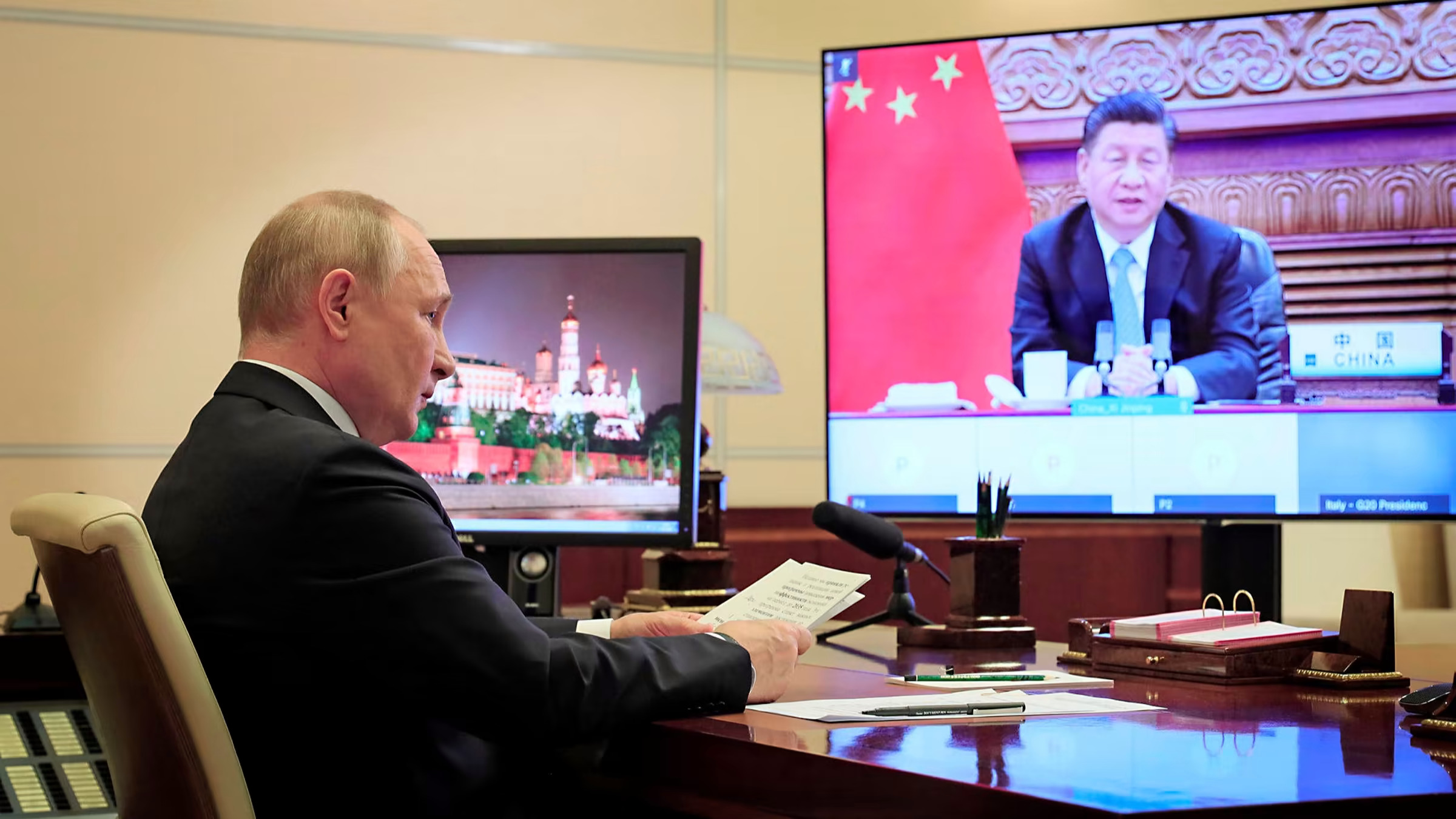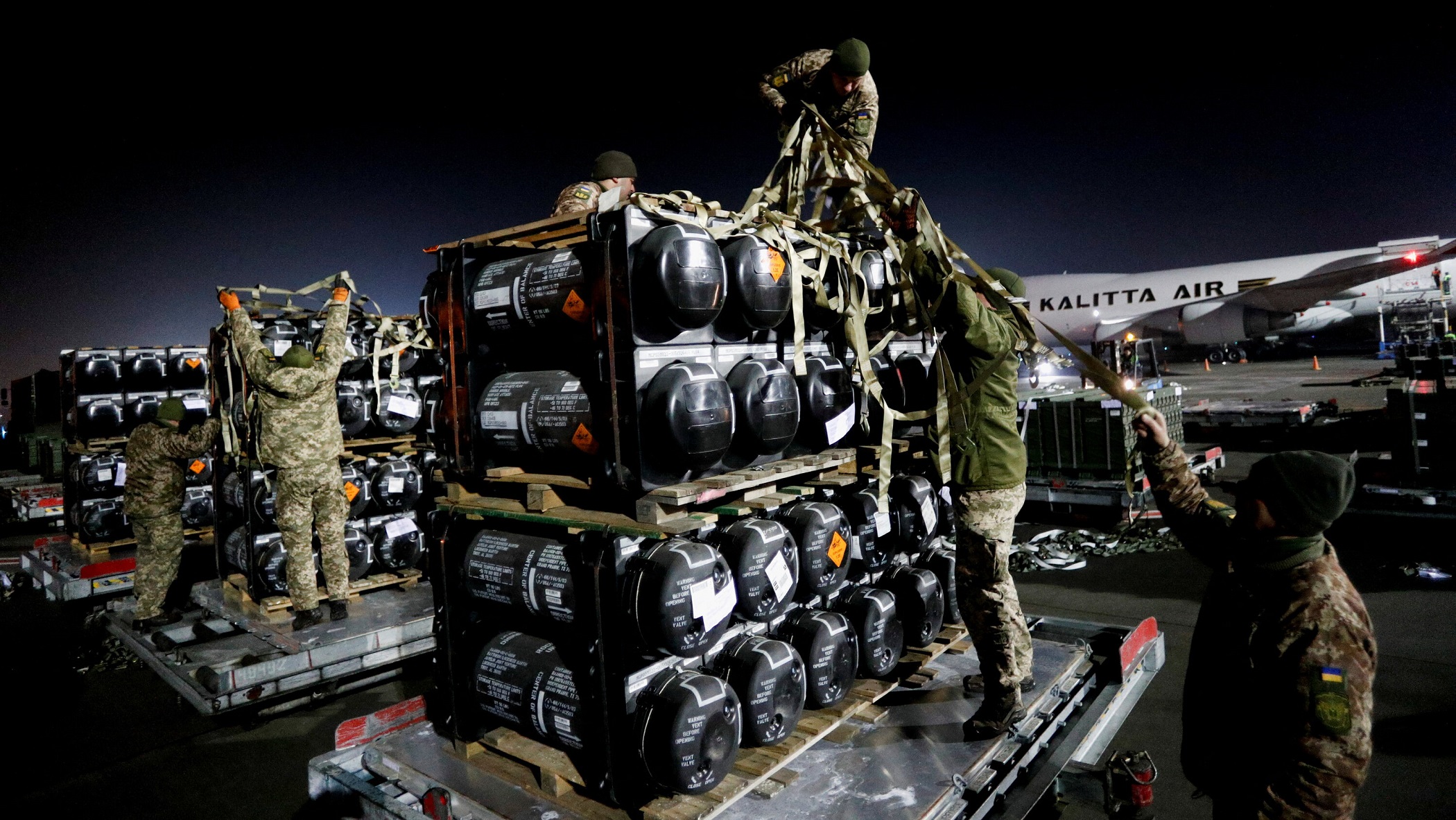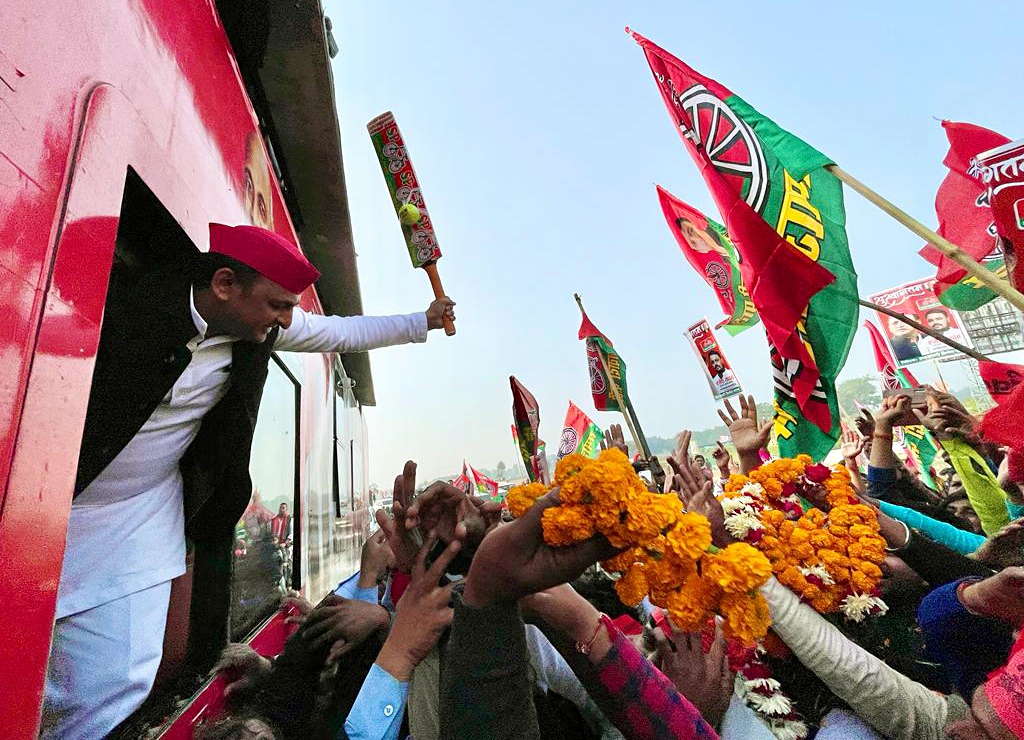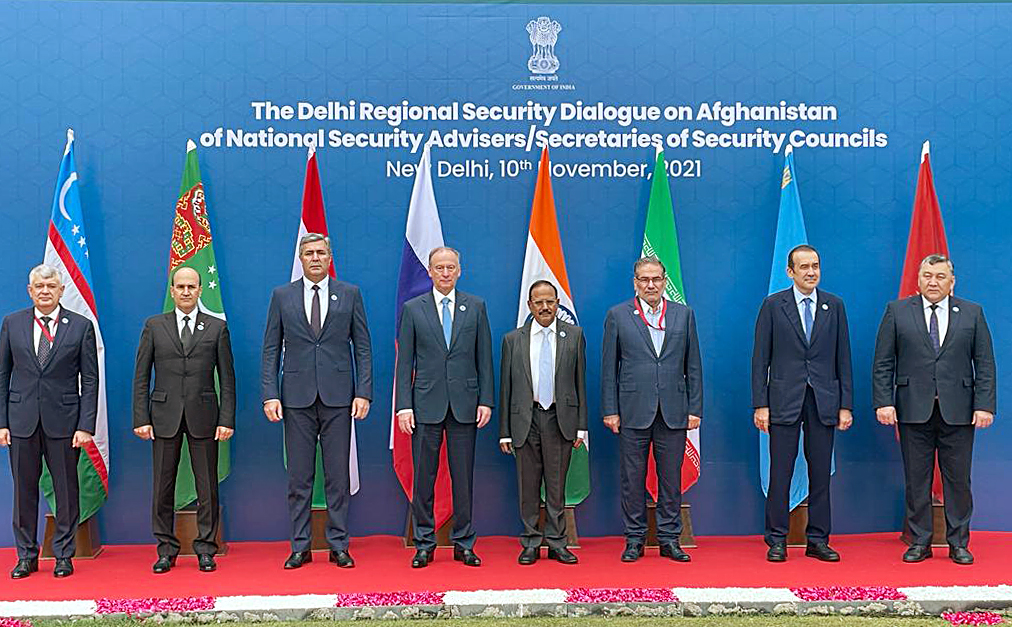As the civilian political space shrinks and the capacity of the state gets hobbled by political dissension and internal resistance from forces armed with an alternate blueprint, Pakistan is likely to rely more on its anti-India stance to build national unity, seeking especially to suck in the militant religious groups into its orbit
Ashok K. Behuria
India’s security is inevitably linked to the strategy adopted by its Western neighbor which has a pronounced anti-India orientation in its foreign and security policy. Therefore, it becomes imperative for India to scan developments in its western neighborhood continually, and calibrate its security policies in a concomitant manner. It is important in this context to study the recent developments in Pakistan and assess the evolving political and security situation at the internal level. This can be done at three different levels: (i) the nature of interactions between the government and the opposition; (ii) the civil–military relations; and (iii) the internal security situation. Pakistan’s approach towards India also begs scrutiny in light of these developments.
The Government versus Opposition
The relationship between the ruling party and the opposition remains as tenuous as has been ever since Imran Khan assumed power after the contentious ‘stolen’ elections in 2018. The latest audiotapes attributed to former Chief Justice of Pakistan Saqib Nisar proves beyond all doubt the deep-state’s plan to hold Nawaz guilty and bring Imran to power was mediated through the judiciary, which points to now restored inter-institutional army–judiciary collaboration to determine the course of politics in Pakistan. The judiciary has even cannibalized itself by trying to feed on some judges who sought to stand up to the military like Qazi Faez Isa, Shaukat Aziz Siddiqui (forced to retire without pension) and Arshad Malik (died under suspicious circumstances).
Amid all this, the opposition has been crying foul without much success, primarily because of the lack of support from what many in Pakistan call khalai makhlook (aliens), or the deep-state. Three years and about 23 public demonstrations/marches (since October 2020) later, there appears to be no love lost between the opposition and the government. However, what keeps Imran going is the backing by the deep-state more than anything else. The ‘miltablishment’ has ensured that the opposition is kept divided on critical issues that could have led to the fall of the government. Nevertheless, the opposition has managed to raise the political temperature from time to time and kept the government guessing about its next moves.
The government, on the other hand, is disregarding the opposition in matters concerning legislation and riding roughshod over their objections on matters of national importance. On 17 November 2021, the government bulldozed 33 bills including some controversial bills it had earlier failed to pass in the lower house. The bills in question pertained to the use of electronic voting machines (EVMs) in the coming elections, I-voting for the overseas Pakistanis (both likely to be used for rigging) and the Criminal Law (Amendment) Bill 2021 which provides for the punishment of “chemical castration” of the habitual rapist. Najam Sethi, a perceptive observer of Pakistani politics, called the day ‘Black Wednesday’. It was held that the miltablishment weighed in on the dissenters within the establishment, ensured the votes of the independents to ascertain 221 votes versus 203 votes from the opposition, with the rest 16 opposition members failing to attend because of various reasons.

The government is also busy bringing out old skeletons from the cupboard to taint the opposition and divert public attention from Saqib Nisar tapes. The now-leaked audiotapes of Maryam, Nawaz’s daughter, is a case in point. In the tape, she is heard giving out instructions not to give government advertisements to three news channels (92 News, Channel 24 and ARY), while Nawaz Sharif’s party PML-N was in power.
While the leaked tapes are being debated, Imran Khan found time for a tele-interview6 with American scholar Shaykh Hamza Yusuf to dwell on his spiritual journey as a Muslim! The issue of IMF-imposed economic reforms and rising inflation leading the opposition to stage Mehangai March have been pushed out of the news headlines as the public is hooked onto forensic debates on past politics.
Civil–Military Tango: On or Over?
Imran Khan Government is often called the ideal hybrid government that the political system of Pakistan has thrown up as a synthesis between (civilian) democracy and its antithesis, (military) dictatorship—perhaps unique to Pakistan and ordained to last for some time, in the absence of unity of political forces to rein in the men in khaki. There were rumors in the country in recent times that the bond between Imran and his uniformed mentors is getting weaker by the day and they were no longer on the same page. There were hypotheses that the army may not be able to cohabit the power-scape with a maverick like Imran for too long.
In fact, Khan had raised the heckle about the military’s unilateral decision to replace former ISI chief Faiz Hameed with Nadeem Ahmed Anjum, leading to speculations that it would lead to further tensions between the powerful deep-state and Imran Khan. Even the matter was hushed up rather early, the gossip-mills in Pakistan were rife with stories of the establishment looking for Imran’s successor. The moderate stance taken by Bilawal Bhutto and Shehbaz Sharif to warm up to the army was being paraded as proof that there was something going on behind the scene. There were even rumors that the military had felt the pulse of the people which was definitely turning against Imran Khan and it was on the lookout for the most obliging political leader from the opposition in the coming elections in 2023.
However, the fall-out of the Nisar tapes seems to have been to the benefit of the Imran Khan Government. The military, cornered by the Nisar tapes and demands from Maryam to investigate as to who were the people pressurizing Nisar to convict Nawaz, is likely to find in Imran a natural ally. Therefore, the civil–military relations may remain intact for the time being, with the Imran Khan Government willing to play second fiddle on matters concerning foreign and security policies of the state.
Military–Militant Uneasy Equations
It was not a mere coincidence that the day Imran Khan chose to bulldoze his bills, the Tehreek-e-Labbaik (TLP) leader Saad Hussain Rizvi walked free as per the secret agreement between the TLP and the government. It was termed as a tame ‘surrender’ by analysts in Pakistan. The surrender of the State to the Barelvi TLP, which was earlier used by the army to disgrace and discredit the PML-N government, must have sent wrong signals to militant religious groups of other hues to rally popular support to extract similar concessions from the state in future. In fact, the news of talks with Tehrik-i-Taliban Pakistan (TTP) followed negotiations with TLP. There was a claim that the Afghan Taliban were mediating these talks between the Pakistan military and TTP. There were reports that the TTP had assured to cooperate if its members were released. In an atmosphere of competitive radicalism, such discounts may only complicate matters further for the state. The TTP continues with its narratives against the state and especially the army. The more the state capitulates, the more the religious militant constituency in Pakistan is likely to get emboldened to toe the line of Afghan Taliban. There are many columnists in Pakistani vernacular newspapers to glorify Taliban victory and the method of resistance they adopted to defeat the powerful Americans!

Implications
As the civilian political space shrinks and the capacity of the state get hobbled by political dissension and internal resistance from forces armed with an alternate blueprint for action, Pakistan is likely to rely more on its anti-India stance to build national unity, seeking especially to suck in the militant religious groups into its orbit. Such diversionary tactic to divert their attention towards India on the one hand could be used as a potent weapon both to keep India engaged internally, on the other. Therefore, it is springtime for all anti-India propaganda in the vernacular media in Pakistan today. There is a competition among commentators and newspapers/news channels to outshout and outshine one another in their bid to show India in the poorest of light. It can be a temporary palliative for Pakistan, not a panacea for the multiple existential problems it is confronted with.
Ashok K. Behuria is Senior Fellow at Manohar Parrikar Institute for Defense Studies and Analyses, New Delhi.
Views expressed are of the author and do not necessarily reflect the views of the Manohar Parrikar IDSA or of the Government of India.
This is the abridged version of the article which appeared first in the Comment section of the website (www.idsa.in) of Manohar Parrikar Institute for Defense Studies and Analyses, New Delhi on December 6, 2021

















